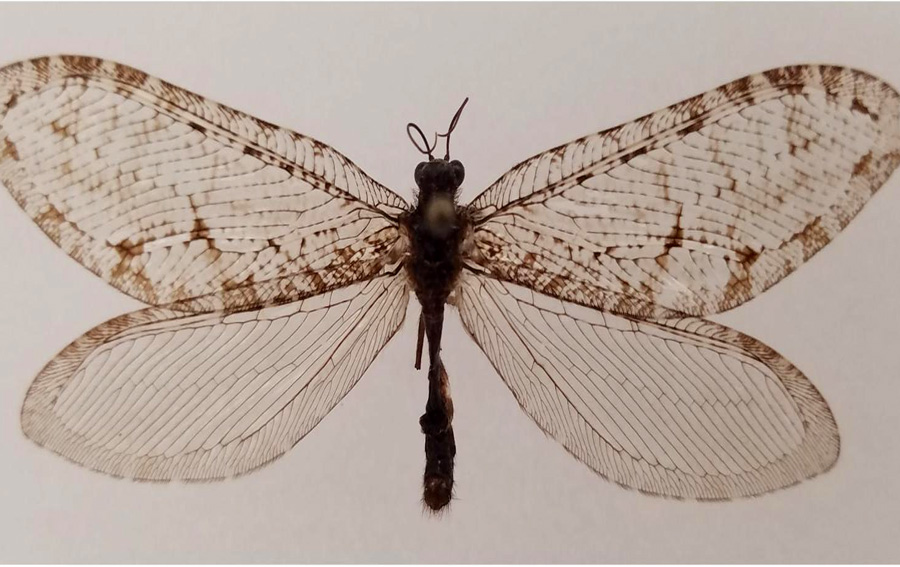

What wiped out the dinosaurs? A meteorite plummeting to Earth is only part of the story, a new study suggests. Climate change triggered by massive volcanic eruptions may have ultimately set the stage for the dinosaur extinction, challenging the traditional narrative that a meteorite alone delivered the final blow to the ancient giants. That’s according to a study published in Science Advances, co-authored by Don Baker, a professor in McGill University’s Department of Earth and Planetary Sciences ( https://www.science.org/doi/10.1126/sciadv.adg8284 ).
The research team delved into volcanic eruptions of the Deccan Traps—a vast and rugged plateau in Western India formed by molten lava. Erupting a staggering one million cubic kilometers of rock, it may have played a key role in cooling the global climate around 65 million years ago.
The work took researchers around the world, from hammering out rocks in the Deccan Traps to analyzing the samples in England and Sweden.
In the lab, the scientists estimated how much sulfur and fluorine was injected into the atmosphere by massive volcanic eruptions in the 200,000 years before the dinosaur extinction.
Remarkably, they found the sulfur release could have triggered a global drop in temperature around the world—a phenomenon known as a volcanic winter.
“Our research demonstrates that climatic conditions were almost certainly unstable, with repeated volcanic winters that could have lasted decades, prior to the extinction of the dinosaurs. This instability would have made life difficult for all plants and animals and set the stage for the dinosaur extinction event. Thus our work helps explain this significant extinction event that led to the rise of mammals and the evolution of our species,” said Prof. Don Baker.




















